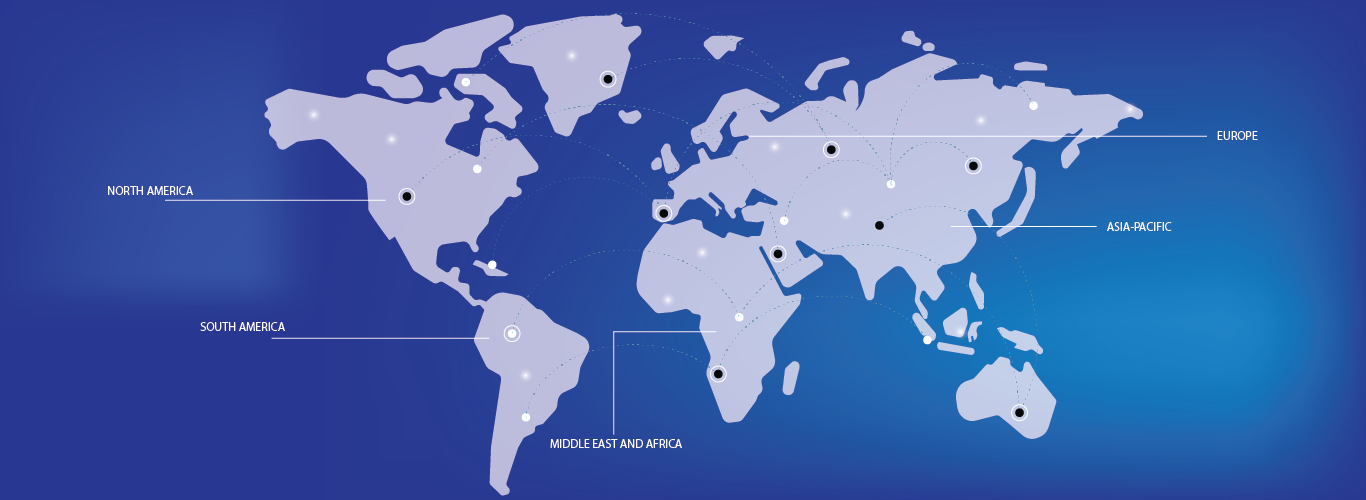Self-Organizing Network (SON) offers effective network traffic management, improved customer satisfaction, and effective load balancing. This technology facilitate simplified and streamlined management of multi-vendor network.

Frequently Asked Questions
The market is segmented based on Global Self-Organizing Network (SON) Market Segmentation, By Offering (Software and Services), Network (RAN, Wi-Fi, Core Network and Backhaul), Architecture (C-SON (Centralized), D-SON (Decentralized) and H-SON (Hybrid)), Network Technology (4G/LTE, 2G/3G and 5G), Application (Network Security and Authentication, WAP, Intermachine Communication, Global Positioning System, Gaming and Others) - Industry Trends and Forecast to 2031.
.
The Global Self Organizing Network Son Market size was valued at USD 6.41 USD Billion in 2023.
The Global Self Organizing Network Son Market is projected to grow at a CAGR of 13.3% during the forecast period of 2024 to 2031.
The major players operating in the market include Nokia, Cisco Systems, Telefonaktiebolaget Lm Ericsson, Qualcomm Technologies, Airspan Networks, Innovile, Corning orporated, Hughes Systique Corporation, Altran, Cellwize, Airhop Communications, ZTE Corporation, Comarch SA, P.I. Works, CCS Ltd, Radisys, VIAVI Solutions, Infovista.
The market report covers data from the U.S., Canada and Mexico in North America, Germany, France, U.K., Netherlands, Switzerland, Belgium, Russia, Italy, Spain, Turkey, Rest of Europe in Europe, China, Japan, India, South Korea, Singapore, Malaysia, Australia, Thailand, Indonesia, Philippines, Rest of Asia-Pacific (APAC) in the Asia-Pacific (APAC), Saudi Arabia, U.A.E, South Africa, Egypt, Israel, Rest of Middle East and Africa (MEA) as a part of Middle East and Africa (MEA), Brazil, Argentina and Rest of South America as part of South America..






